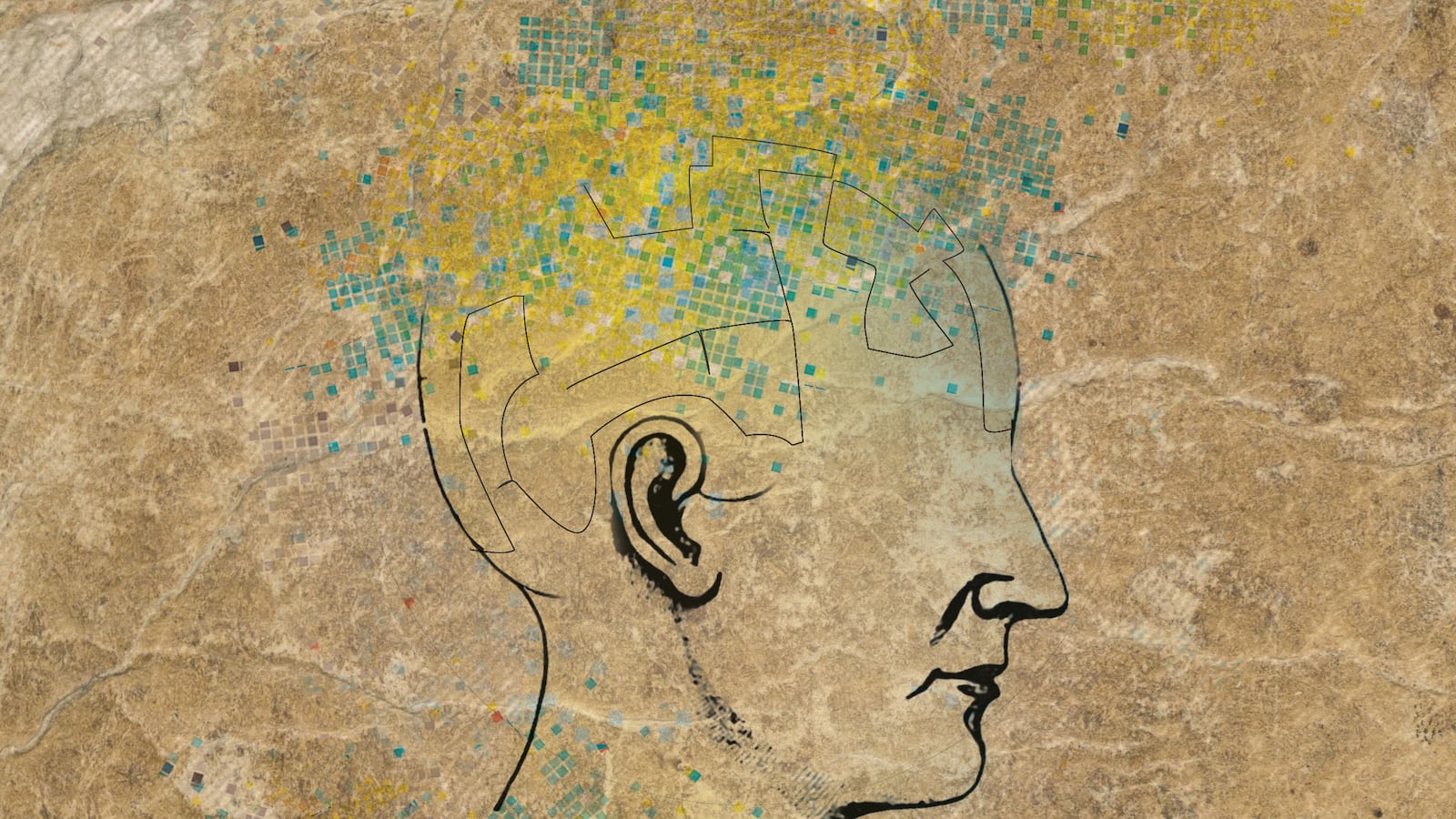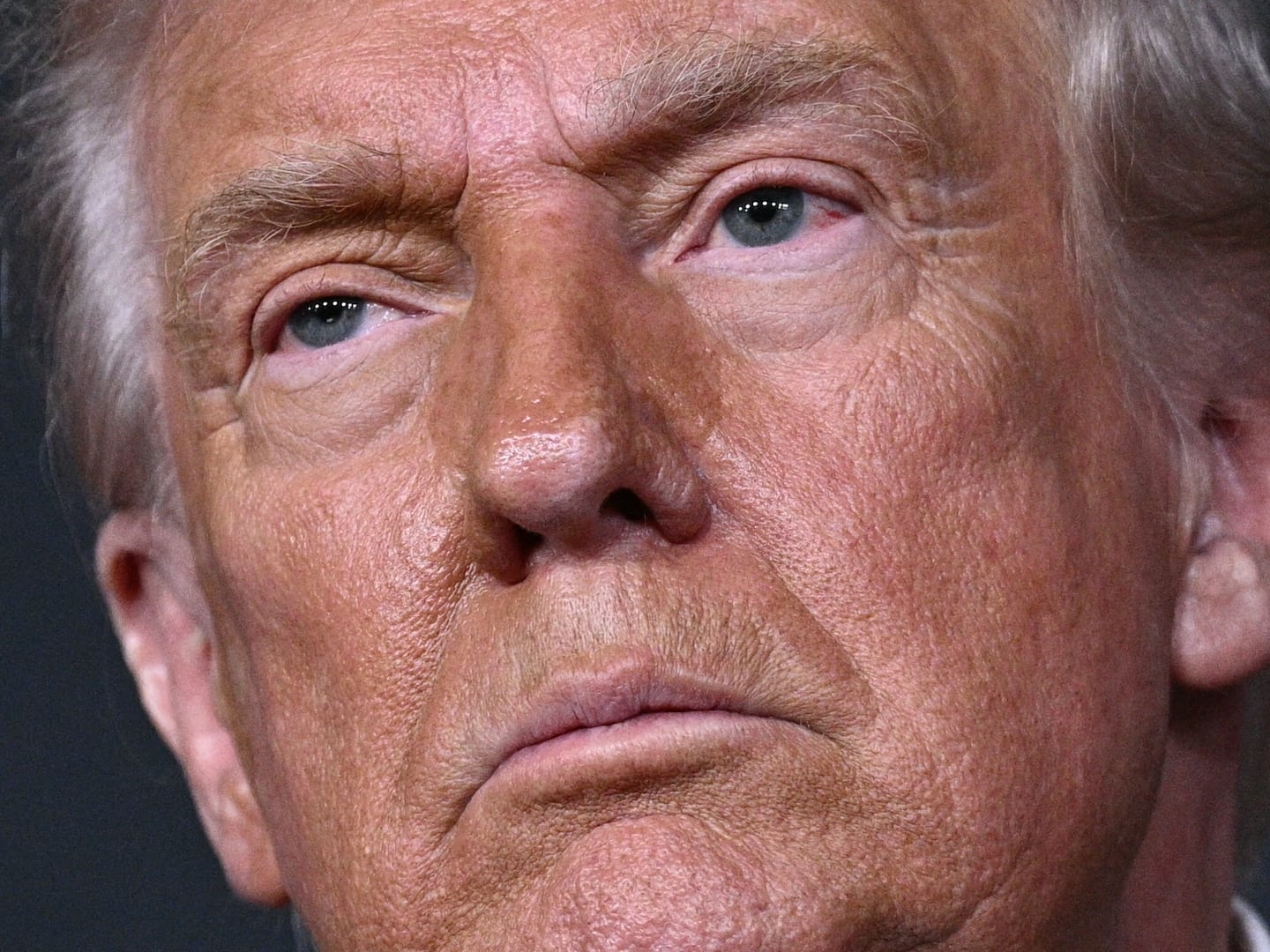In 1917, a young psychologist at Stanford University did something strange: he tried to measure the IQs of dead people. Despite the challenge of testing the mental agility of deceased subjects, Lewis Terman claimed that reports of childhood activities, accomplishments, and pastimes could supply the essential data. Terman and his assistant relied on biographical accounts of illustrious individuals to compute the scores. The smartest of the overwhelmingly male and European luminaries they ranked was John Stuart Mill, with an estimated IQ of 190. Leibniz (185) and Voltaire (170) also performed well, but others gave a lackluster showing. Beethoven only reached a 135, and Newton registered a mere 130.

Terman created the Stanford component of the widely used Stanford-Binet intelligence test. So it may seem surprising that he didn’t consider his estimates of the IQs of dead geniuses as speculative as most now realize they are. In the IQ test he helped develop for living subjects, he used subtler methods than the 19th-century scientists who “read” the bumps of the skull to discern signs of genius or assumed that people with larger skulls must be smarter. In the 19th-century a fascination with the skulls of artists led to the theft of some famous heads. Haydn’s and Goya’s were removed and studied to search for signs of greatness. Though the investigators’ motives were ostensibly scientific, the impulse to venerate the physical relics of intellectual visionaries was in many ways a religious one. Geniuses became the saints of an increasingly secular Europe. And as Terman’s attempts to measure the IQs of the dead suggest, he was still susceptible to the temptations of the pseudoscientific traditions that preceded his work.
The often indissoluble blend of religious veneration and scientific scrutiny in our attitudes toward genius is a major theme of a new book by cultural historian Darrin McMahon. In Divine Fury: the History of Genius, he gives a fascinating account of the evolution of the idea of genius in Western culture from its divine origins in ancient Greece and Rome to the modern culture of celebrity.
Plato first formulated the influential model of artistic creation as divine inspiration. “God takes away the minds of these men,” he said of poets, and added that while composing they were in the “grip of something divine.” What later thinkers attributed to random distribution of genetic talent or favorable circumstances, the ancient Greeks understood as the caprice of the gods. The inspired few were vulnerable to the prejudices of the masses. “Ordinary people will think he is disturbed and rebuke him for this, unaware that he is possessed by a god,” Plato wrote. Socrates was a prime example. His divine sign or daimon advised him throughout his life, and a jury of his peers condemned him to death. Aristotelian tradition sought to explain genius in physiological rather than religious terms, as the product of a particular combination of humors in the body. One work noted a link between genius and melancholy: perhaps a single quality produced both anguish and extraordinary achievements.
The word “genius” derives from a Latin verb meaning to father or beget and is related to our word “genitals.” This generative quality of the concept is clear in its earliest attested use in the third century BC by the comic playwright Plautus, whose characters speak of starving one’s genius by denying it food and sex. The notion expanded to denote a personal spirit and protector by the time Horace and Ovid wrote in the first century BC. Genii protect individuals and places: springs, hills, cities, and army barracks all had a genius loci, a genius of the place. The word also carried darker associations. Seneca observed that there can be no great ingenium (nature) without a touch of madness, while Plutarch described an “evil genius” visiting Brutus, the assassin of Julius Caesar.
After the rise of Christianity, church authorities recast Socrates’ daimon as a demon and discouraged belief in genii. But the Romans simply transferred many of the functions of genii to angels. Rather than swearing an oath on one’s genius, Romans began to swear oaths with angels as witnesses, and the role of a guardian angel closely mirrored that of a genius.
The Renaissance saw the first glimmers of our modern notion of genius. One’s ingenium was an inborn talent, and genius was used to describe a natural inclination. Michelangelo helped establish the later trope of the tortured genius: a being capable of bringing stones to life but so consumed by his ecstatic visions that he neglected to eat and bathe regularly. The ghosts of older meanings still hovered around the word in the Renaissance imagination; Michelangelo had a genius, but he wasn’t a genius.
The modern sense of a genius as an exceptional individual became firmly established in the 18th century. Only then was Shakespeare christened a genius, and the term was also used to describe living figures like Benjamin Franklin. McMahon argues that as the Reformation and the Enlightenment gradually diminished the number of saints, angels, and other intermediaries between humans and the divine, a new space opened in the European mind that genius could fill. The religious worldview epitomized by Aquinas’ remark that “only God creates” was giving way to a view of the universe in which humans were deemed capable of godlike creation. Geniuses joined the realm of intermediate beings, alternately exalted and tormented by celestial visions. Great thinkers and writers could not only mediate between the human and the divine, they could also serve as guides and protectors, just as the Roman genii once did.
The sacred aura suffusing the notion of genius manifested itself in various ways. Newton was buried beside saints in Westminster Abbey, and physical relics of genius included everything from Galileo’s finger to Napoleon’s penis. Einstein’s eyeballs are locked in a safe-deposit box to this day. The Romantics portrayed geniuses as martyrs and redeemers, and much biography and artwork depicted genius in styles previously reserved for hagiography and religious portraiture.
But if a genius is a quasi-divine being, a certain exemption from earthly laws of conduct is only natural. Napoleon was praised as a genius of deeds, a Hegelian “world-historical” individual, and Nietzsche elaborated on the theme that a genius is beyond the ordinary concepts of good and evil. McMahon argues persuasively that this view of a “genius of deeds” exempt from conventional morality helps to explain the disturbing reverence Hitler evoked. In 1920 he declared that Germany needed a “dictator who is a genius.” Goebbels deepened the idea of Hitler as a genius, writing in 1929 that “the people are for the statesman what stone is for the sculptor.” Jews were dismissed as clever imitators whose presence threatened the original and creative genius of the German race.
McMahon attributes a relative decline in the cultural primacy of genius to two broad forces. The example of Hitler provided a dark parable of the dangers of uncritical worship of genius. And the growing rhetoric of political and educational equality after World War II began to dilute the sacred singularity of the term. The title of the recent self-help book nicely captures contemporary sentiments: The Genius in All of Us. In a way the concept of genius has now returned to its Roman origins, when an attendant spirit was within reach of everyone.
But a hint of holiness still lingers in the idea. We may no longer decapitate the famous dead to study and venerate their skulls, but a digital version of Einstein’s brain can now be downloaded as an iPad app. You too can behold the relics of genius for a modest $9.99.






